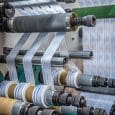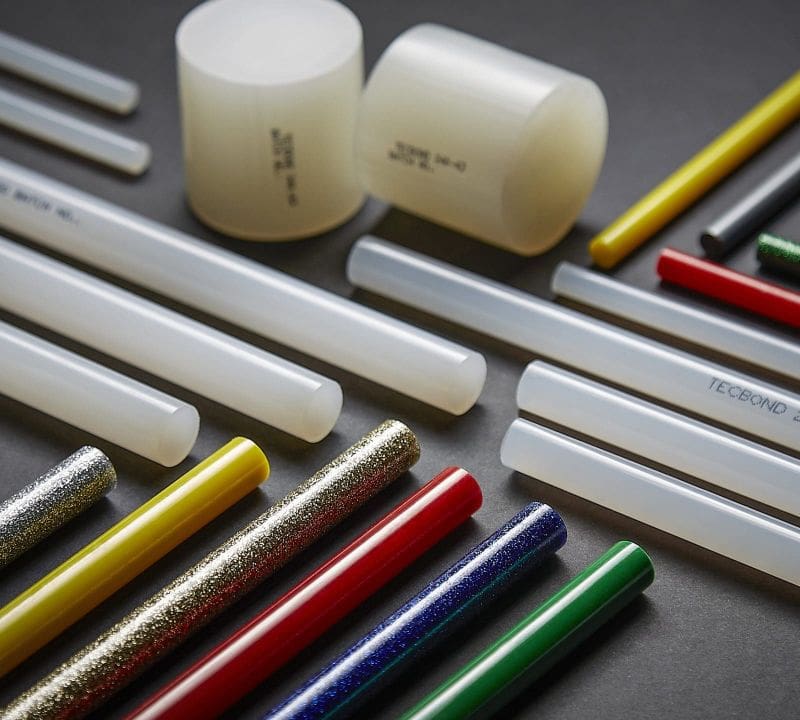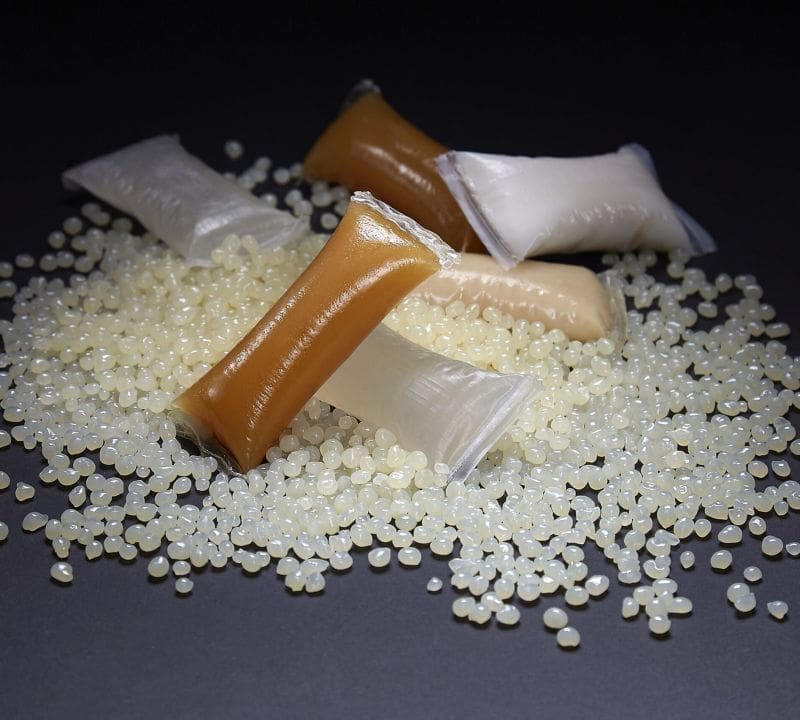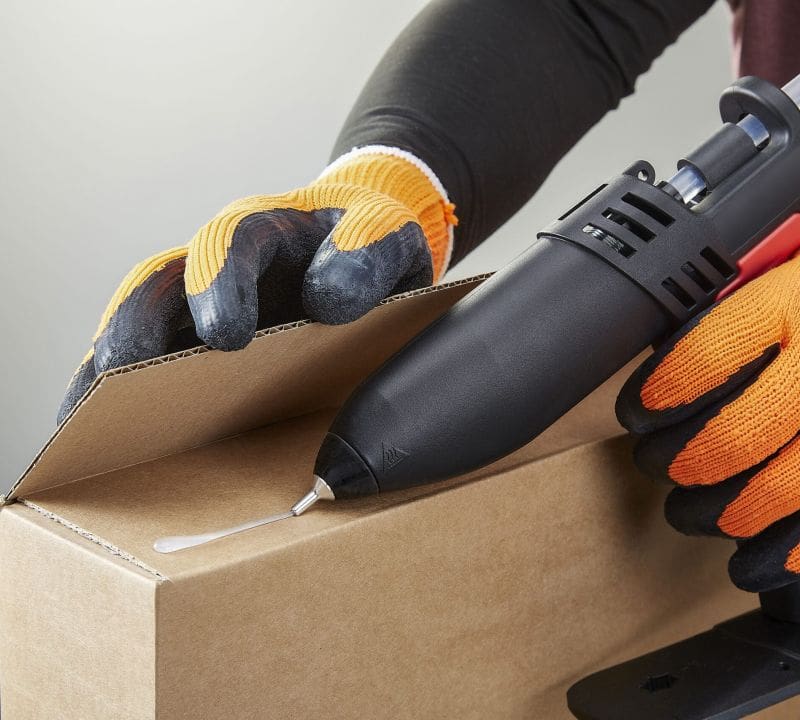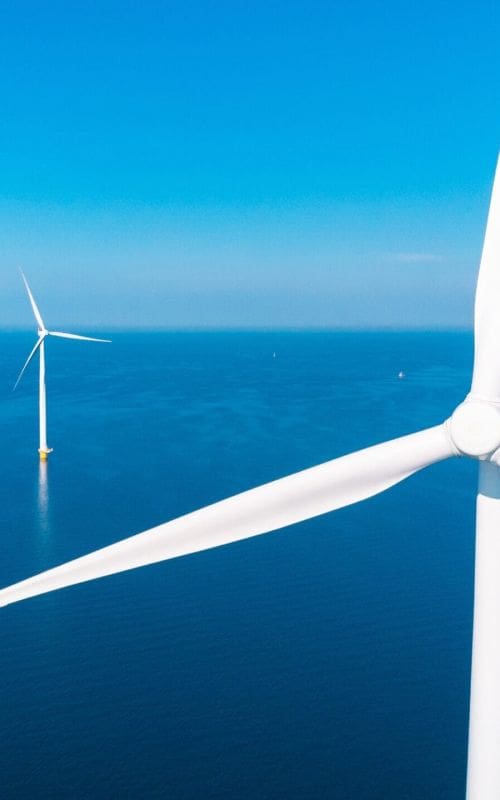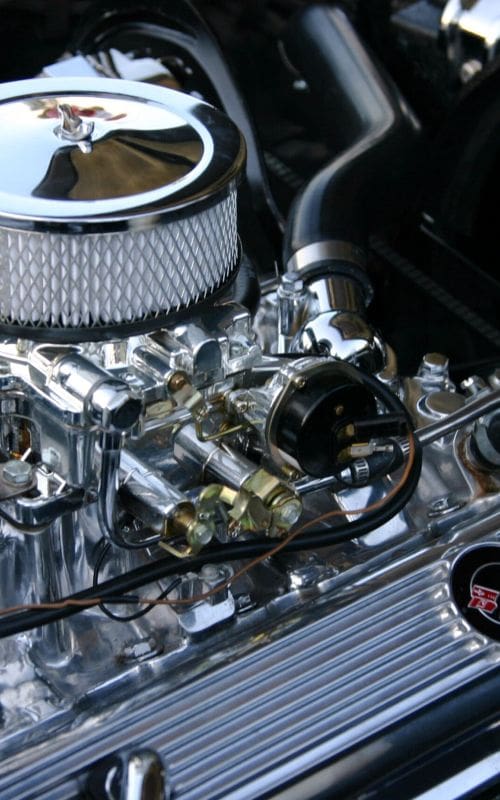The standards and science behind biodegradable hot melt adhesives
Across packaging and manufacturing, sustainability choices are increasingly scrutinised. Adhesives are often a small proportion of a pack by weight, yet they can influence recyclability and compostability outcomes. For converters and brands seeking credible, demonstrable improvements, understanding what “biodegradable” means in practice is essential.
Power Adhesives created the world’s first ever biodegradable hot melt range, and this post explains the technical basis behind certified compostable adhesives and the specific attributes customers can verify.
What certification actually proves
The most important tests for compostable materials are independent certification standards. Two widely recognised standards are EN 13432 in Europe and ASTM D6400 in the United States.
EN 13432 sets laboratory criteria for industrial compostability. Key elements include biodegradation (a high proportion of the material must be converted to carbon dioxide under controlled composting conditions within a defined timeframe), disintegration (no visible fragments above a small size after a set period) and ecotoxicity (the compost produced must not inhibit plant growth). ASTM D6400 uses similar test principles tailored to US industrial composting conditions.
Our Tecbond biodegradable adhesives are certified to EN 13432 and ASTM D6400. Those certifications are the primary independent evidence that these adhesives meet the specified compostability test protocols under controlled industrial conditions.
What certified biodegradable adhesives are designed to do
A product certified to EN 13432 or ASTM D6400 has been independently tested against the lab methods in those standards. For converters this means:
- The adhesive has undergone biodegradation and disintegration testing under controlled composting conditions.
- The certification process includes checks for harmful residues and ecotoxicity impacts on plant growth.
- Certification is granted by an accredited third-party following laboratory assessment and, where required, ongoing surveillance.
It is important to be clear about limits. These standards apply to industrial composting environments. They do not mean that a product will rapidly biodegrade in a backyard compost heap or in all natural environments. Certification verifies behaviour under defined, managed conditions typical of industrial composting facilities.
Performance in use and storage
Customers commonly ask whether biodegradable adhesives perform like conventional hot melts during production and whether they will remain stable in storage. Power Adhesives publishes a recommended shelf life of 24 months (from date of manufacture) for its biodegradable shaped adhesives when stored correctly away from direct sunlight, heat and moisture. That shelf-life statement is a practical specification customers can rely on for planning and logistics.
Certified biodegradable adhesives are intended to provide predictable application behaviour during their service life and then meet compostability criteria at end of life when processed under industrial composting conditions. Where customers require detailed performance metrics (open time, set speed, bond strength on specific substrates), technical data sheets and application trials remain the appropriate way to confirm suitability for a given production line.
Where biodegradable adhesives fit in a packaging strategy
From a compliance perspective, adhesives are increasingly relevant. For packs intended for industrial composting, any component that must be tested as part of a compostability claim should be backed by appropriate certification and documentation. Certified biodegradable adhesives provide a traceable route to support those claims.
That said, using a certified compostable adhesive is only one part of a broader material strategy. Converters should ensure the entire pack design, including substrates, inks and coatings, aligns with the chosen end-of-life pathway and that collection and processing routes exist for industrial composting in the target market.
Practical next steps for converters
If you are evaluating biodegradable adhesives for your line:
- Request certification documents (EN 13432, ASTM D6400) and technical data sheets from the supplier.
- Run application trials on your substrates and equipment to confirm bond performance and handling.
- Confirm recommended storage conditions and shelf life for ordering and inventory planning.
- Consider the end-of-life pathway for the full pack and whether industrial composting infrastructure exists where your product will be collected.
Evidence-led innovation
The role of adhesives in sustainable packaging is becoming more visible because independent standards exist to verify compostability. Power Adhesives’ published certifications for its Tecbond biodegradable range give converters a starting point to assess whether a certified adhesive can form part of a compliant packaging solution. For technical assurance, converters should combine certification review with practical trials and documentation checks to ensure performance and compliance on their specific production lines.















